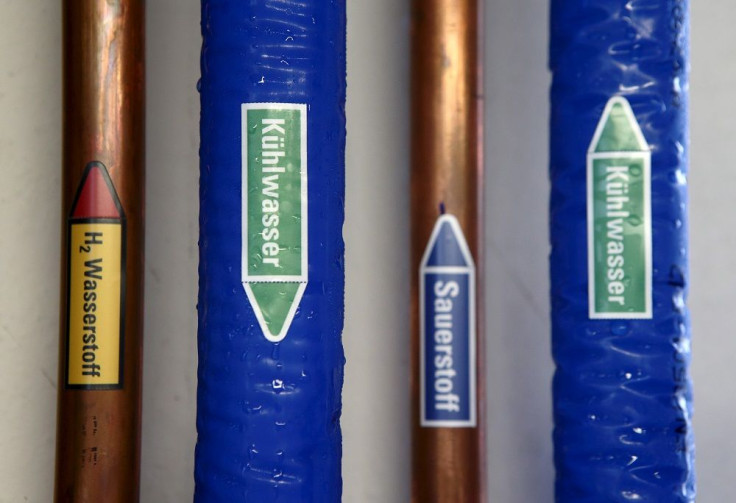Scientists use nickel to produce cheaper and more environment-friendly hydrogen

Scientists at Nanyang Technological University have discovered a novel way of intensifying the efficacy of molybdenum disulphide (Mo2S) catalysts, an important aspect of hydrogen economy . In simpler terms, this invention could potentially help in trimming down the consumption of fossil fuels and reducing carbon footprints.
According to the study published on Science Advances , more environmentally safe hydrogen could be produced by simply altering the amount of nickel in Mo2S catalysts. It is considered a breakthrough in the nanostructure research segment as past attempts at Mo2S alterations have all failed.
“Among the many systems that have been proposed, solar water splitting for hydrogen production is the most attractive one. Hydrogen evolution reaction, known as HER, is one of the important processes to realize practical solar water splitting,” Liu told Asian Scientist Magazine.
Indeed, Mo2S is less efficient than HER, but utilising this process for commercial use is also cheaper. This, according to scientists, could introduce radical improvements in the renewable energy market, especially to smaller and startup companies championing the cause.
This innovation needs the help of nickel miners. Mining companies are struggling as their main consumers — the steelmakers from super economies such as China, Japan and other European countries — are still reluctant to buy ore products due to the shaky global economy.
The nickel supply segment is currently intact. Apart from the usual suppliers from Australia and New Caledonia, there are also smaller firms that could supply this would-be need. Russia-based Amur Minerals (London AIM: AMC) , for instance, is now attracting immense industry reputation for its projected ore production of over 90 million tonnes. This number is too large that supplying nickel to renewable energy-dependent firms would not even affect its capability to meet the demand coming from the stainless steel market, especially if consumption habits from giant consumers resume to their old form.
For the report’s co-author Zhang Hua, introducing nickel ions (Ni2+) into the precursor solution will be a significant factor in altering the morphology and intrinsic properties of Mo2S on carbon fibers. Here, nickel to molybdenum precursors must be used in a 1:1 ratio to form a uniform nanostructured film over the carbon fiber scaffold.
Believers of hydrogen technology welcome innovations such as this, especially today when not everyone is convinced that it could create a sustainable, environment-friendly future. However, naysayers admit that a conversion could only happen if the entire hydrogen market starts capitalising on more scalable and cost-effective advances in its production.
“ However, no matter how you cut the dice, it’s simply much less efficient to produce hydrogen from electricity and then use it in battery-electric vehicles. Furthermore, hydrogen electric vehicles don’t have the theoretical performance capability that battery-electric vehicles already have today,” Glenn Myers of Clean Technica wrote .
Of course, Liu and Zhang know this. They are also thinking of other abundant minerals that could be used as alternative for nickel. They are also in pursuit of new ways to develop effective electrocatalysts capable of creating oxygen from water under varying pH conditions.
“Our ultimate goal is to design and promote an integrated device that can produce high-purity hydrogen and oxygen using sustainable energy at affordable cost, and eventually apply the mature set-up to interdisciplinary researches, such as wastewater treatment, seawater desalination and artificial photosynthesis,” Liu said.
Contact the writer at feedback@ibtimes.com.au or tell us what you think below




















